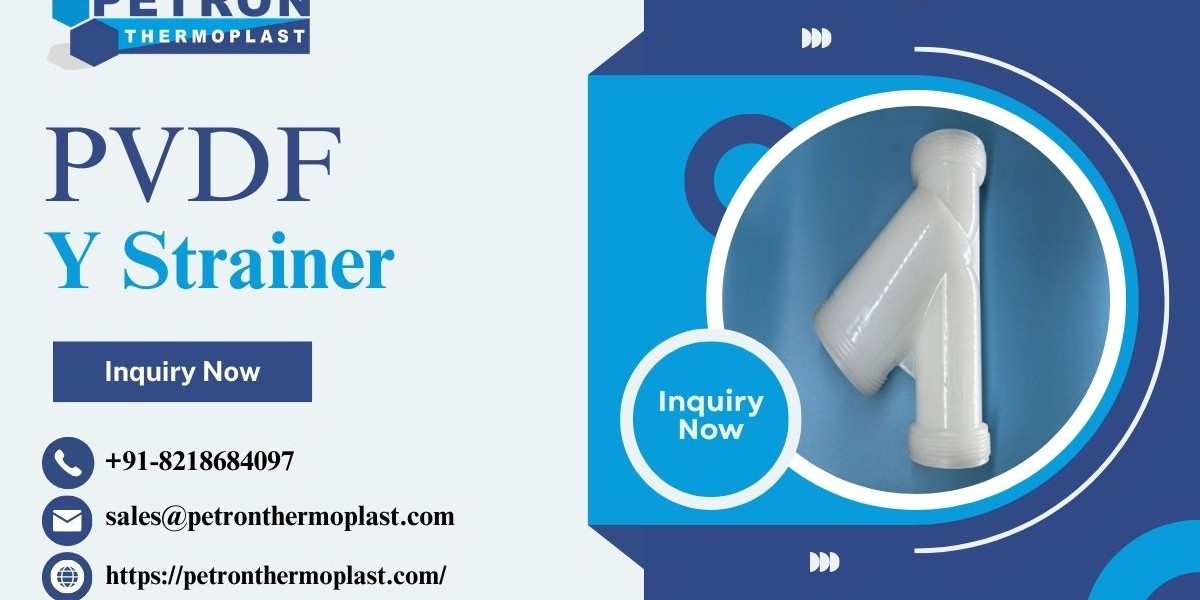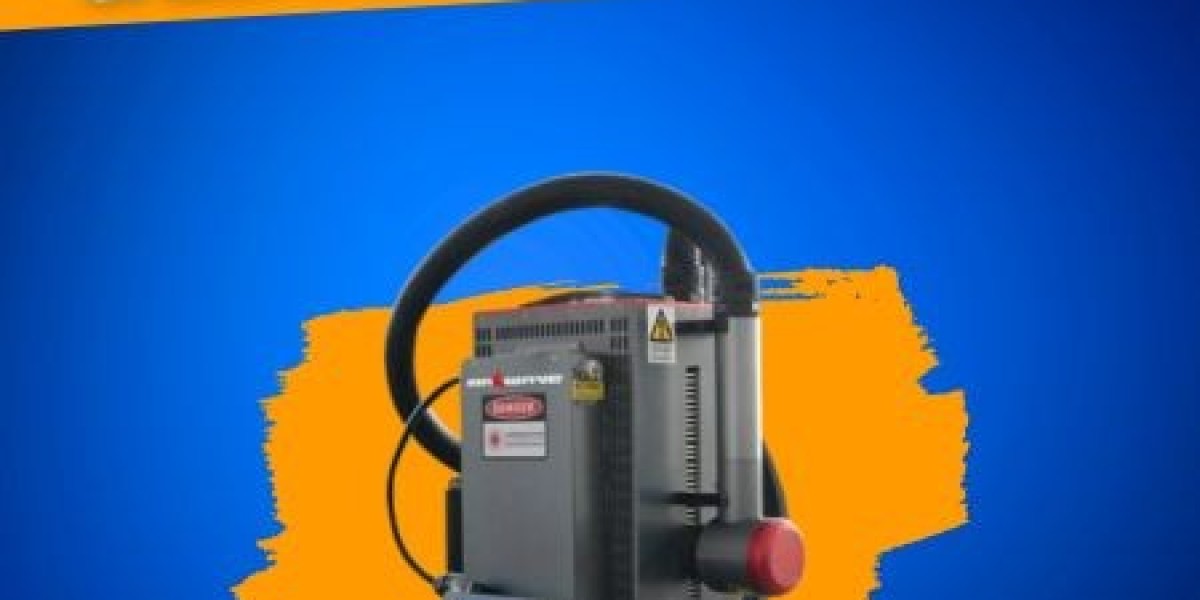In industrial piping systems, fluid purity and equipment protection are top priorities. To ensure uninterrupted performance, engineers and plant operators rely on filtration devices like Y strainers. Among the many material options available, Polyvinylidene Fluoride (PVDF) Y strainers have gained widespread popularity for their excellent chemical resistance, durability, and reliability in corrosive environments. But with multiple sizes, pressure ratings, mesh options, and design variations, the big question arises: How do you choose the right PVDF Y strainer for your piping system? This blog provides a comprehensive guide to help you make the right choice, ensuring efficient operation and long service life.
What is a PVDF Y Strainer?
A Y strainer is a mechanical filtration device shaped like the letter “Y,” designed to remove solid particles, dirt, and debris from flowing liquids or gases. In industries that handle corrosive chemicals, aggressive solvents, or high-purity fluids, PVDF (Polyvinylidene Fluoride) is the ideal material because of its:
- Excellent resistance to acids, alkalis, and solvents.
- High mechanical strength and dimensional stability.
- Long-lasting performance under harsh operating conditions.
Why Use PVDF Y Strainers?
Before diving into the selection process, it’s important to understand the benefits of PVDF Y strainers:
- Superior Chemical Resistance – Handles strong acids, chlorine, bromine, and solvents.
- Durability – Resistant to UV light, weathering, and thermal degradation.
- Lightweight Yet Strong – Easier to install compared to metal strainers.
- Corrosion-Free – Unlike stainless steel or cast iron, PVDF does not rust.
- Hygienic Applications – Suitable for high-purity water and pharmaceutical pipelines.
Key Factors to Consider When Choosing a PVDF Y Strainer
1. Understand Your Application
The first step is to evaluate the system’s operating conditions:
- Type of fluid (corrosive chemicals, water, solvents, or food-grade liquids).
- Desired fluid purity level.
- Flow rate and velocity of the medium.
- Nature of impurities (fine particles vs. coarse debris).
2. Size and Connection Type
PVDF Y strainers are available in various sizes to match pipe diameters. Choosing the correct size is essential for smooth operation:
- Undersized strainer → increases pressure drop, reduces efficiency.
- Oversized strainer → unnecessary cost and bulky installation.
Common connection types include:
- Threaded Ends (BSP/NPT) – Easy installation for small-diameter pipes.
- Flanged Ends – Preferred for large pipelines and heavy-duty industrial applications.
- Socket Weld / Fusion Connections – For leak-proof and permanent installations.
3. Mesh Size (Screen Selection)
The screen or mesh inside the Y strainer determines the particle size it can capture. Selection depends on the impurities in the fluid:
- Coarse Mesh (20–40 mesh) – For removing larger debris like scale, rust, or solid particles.
- Fine Mesh (60–200 mesh) – For filtering fine particles in high-purity or sensitive applications.
4. Pressure Rating
PVDF Y strainers must withstand system pressures without deformation or leakage.
- Standard PVDF Y strainers usually handle up to 10 bar (150 psi).
- For high-pressure applications, select a strainer with reinforced housing.
5. Temperature Resistance
PVDF is known for excellent thermal stability. However, you must ensure the Y strainer is suitable for your application:
- Typical operating range: -40°C to +150°C.
- For hot chemical processes, verify the manufacturer’s temperature rating.
6. Flow Capacity and Pressure Drop
Every strainer introduces some level of pressure drop in the system. Choose a Y strainer designed with a smooth flow path to minimize losses. Consider:
- Cv (Flow Coefficient) – Indicates how much fluid can pass at a given pressure drop.
- Strainer design and mesh size affect pressure drop.
7. Ease of Maintenance
One of the advantages of Y strainers is that they are easy to clean without removing the entire unit. When choosing a PVDF Y strainer, check for:
- Blow-off connection – Allows flushing without disassembly.
- Removable screens – Easy cleaning and replacement.
- Transparent housing (optional) – Some PVDF strainers allow visual inspection of clogging.
8. Compliance and Standards
For industries like pharmaceuticals, food & beverage, and semiconductors, ensure the PVDF Y strainer complies with:
- FDA standards for hygienic safety.
- USP Class VI certification for biocompatibility.
- ISO / DIN standards for global compatibility.
Applications of PVDF Y Strainers
PVDF Y strainers are highly versatile and widely used in:
- Chemical Processing Plants – Handling corrosive acids, alkalis, and solvents.
- Water Treatment Facilities – Filtering suspended particles before RO systems or pumps.
- Pharmaceutical & Biotechnology – Maintaining high-purity water and fluid systems.
- Food & Beverage – Ensuring contamination-free liquid processing.
- Electronics & Semiconductors – Filtering ultrapure water (UPW) and chemicals.
Installation Tips for PVDF Y Strainers
Proper installation ensures maximum efficiency and long service life:
- Install strainers upstream of pumps, valves, and sensitive equipment.
- Position the strainer in a horizontal pipeline with the filter leg pointing downward for effective debris collection.
- Use isolation valves on both sides for easy maintenance.
- Regularly inspect and clean the strainer to prevent clogging.
Common Mistakes to Avoid
- Choosing the wrong mesh size, leading to clogging or ineffective filtration.
- Ignoring system pressure and temperature limits.
- Installing the strainer in the wrong orientation.
- Overlooking maintenance requirements, which can cause performance issues.
Conclusion
Selecting the right PVDF Y strainer is essential for ensuring long-term reliability, equipment protection, and system efficiency in industrial piping networks. By considering application type, size, mesh selection, pressure and temperature ratings, and compliance standards, you can choose a strainer that meets your specific needs.
Whether you’re working with aggressive chemicals, ultrapure water, or industrial fluids, a PVDF Y strainer provides a robust, corrosion-resistant, and cost-effective filtration solution.
At Petron Thermoplast, we offer a complete range of PVDF Y strainers designed for demanding applications across multiple industries. Our products are built to deliver maximum durability, chemical resistance, and easy maintenance, helping you achieve superior performance in your piping systems.






